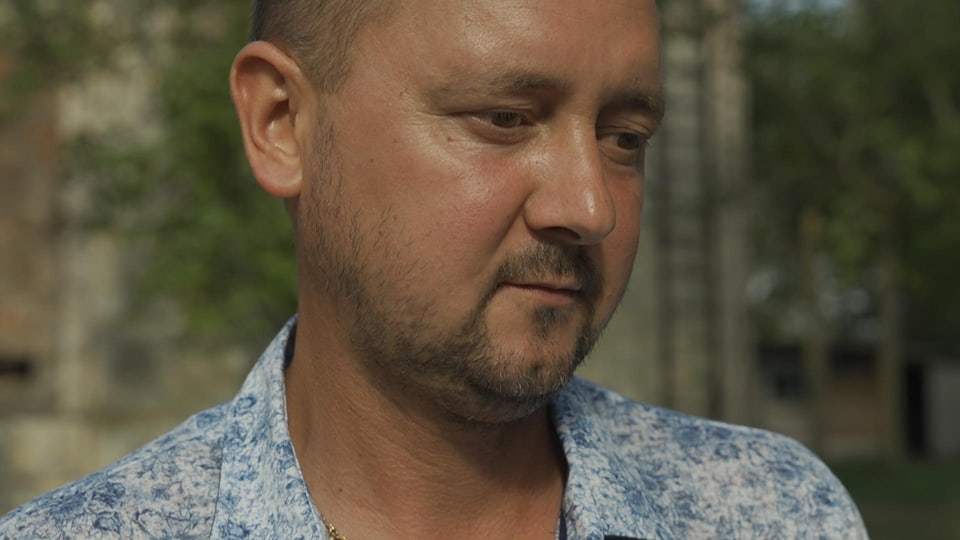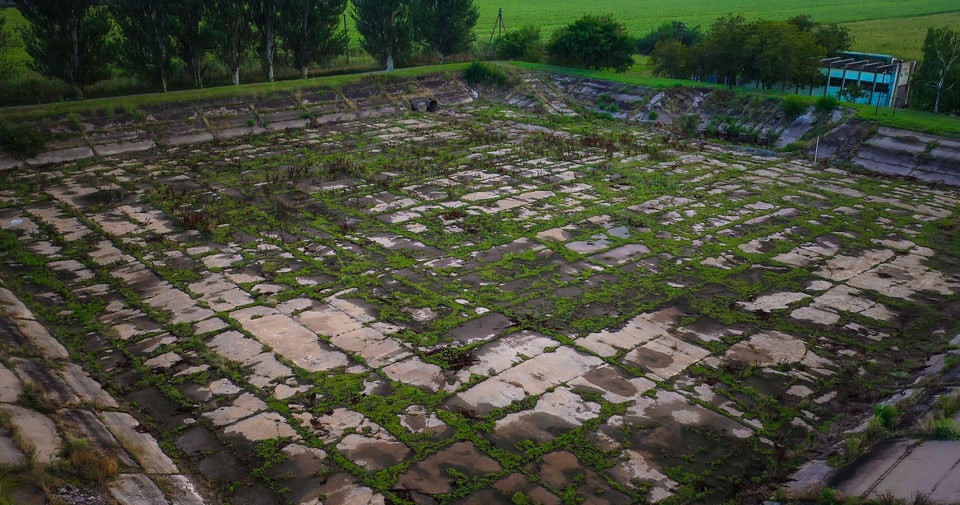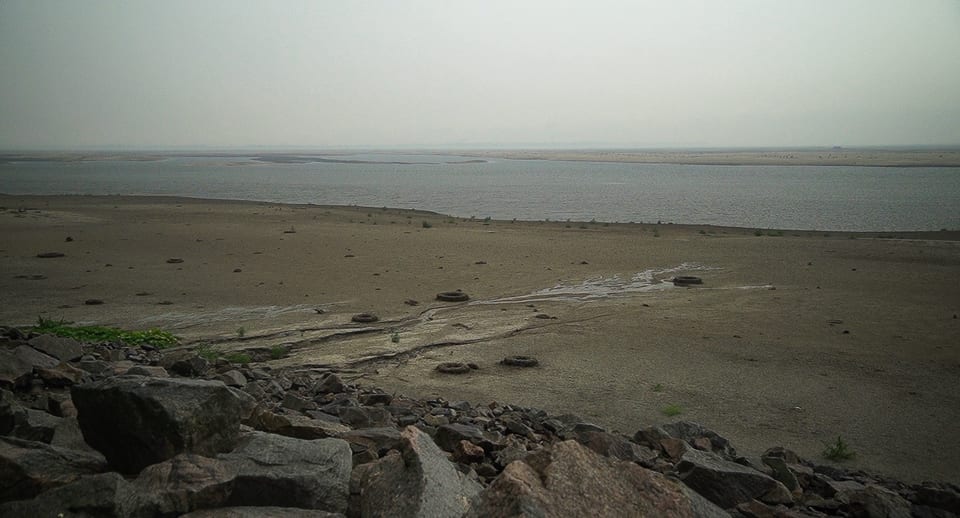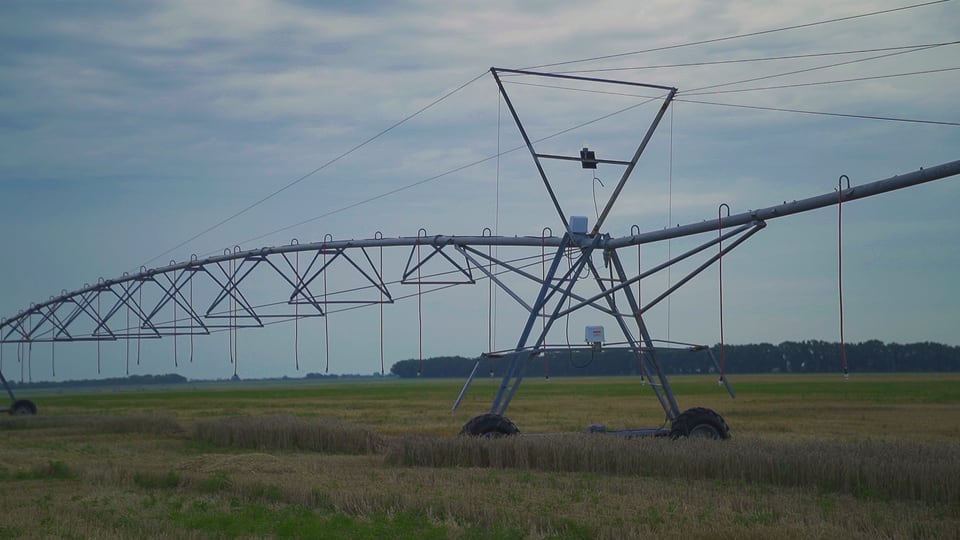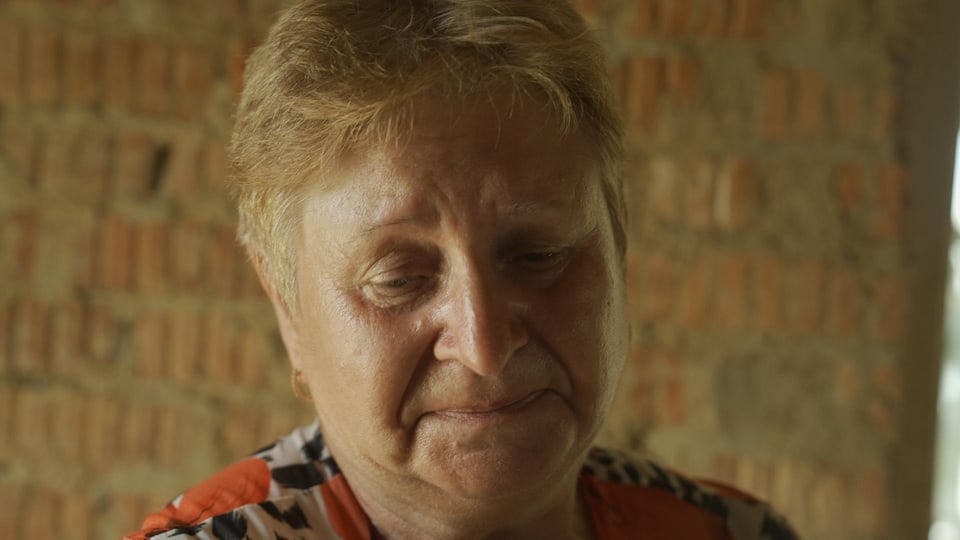Contents
Almost three months ago, the dam in southern Ukraine was destroyed. People are still suffering from the effects today.
Farmer Anton Grin’s fields not far from the village of Mariwka are around 160 kilometers as the crow flies from the Kachowka hydroelectric power station. To irrigate his fields, the farmer is dependent on the water from the reservoir of the hydroelectric power station. “The only thing we can hope for is rain,” he says, looking into the empty reservoir in front of him.
Where the water used to be two meters high, grass is now growing between concrete slabs. An area as large as the canton of Bern was supplied with water from the reservoir via a canal system. “Nobody could have imagined that something like this would be possible,” says Anton Grin, shaking his head.
In the first few days after the partial destruction of the dam, there was still hope that the water level in the reservoir would not sink quite so low and that it would still be possible to irrigate the fields. But on the fifth day after the explosion in early June, there was certainty. “It will take years for the water level to reach the same height again.”
Killed animals, but also machine oil, were washed into the Black Sea with the water. An ecological catastrophe.
Anton Grin decided against sowing a second time this year, as the risk of not being able to harvest enough without water seemed too great. Anton Grin cannot say how his business will continue. He tries to stay positive. «As long as we live, we will work. When the war is over, we will rebuild everything.” The war is not over yet and the Russian army is only a few kilometers away.
An unprecedented disaster
The presence of the Russian army makes it difficult to document the aftermath of the destruction. The head of the regional center for hydrometeorology Yuri Kirjak has no choice but to deal with the reconstruction in theory: “As long as the war lasts, we draw up plans on paper, observe and make decisions about what could be done.”
It is not yet possible to say whether it is worth rebuilding the power plant. The long-term consequences cannot be estimated either: “Killed animals, but also machine oil, were washed into the Black Sea with the water. An ecological catastrophe. Never before have such large volumes of water been mixed up by a man-made disaster.”
help under fire
While there is no water from the reservoir north of the power plant, people further south are struggling with the consequences of the flooding after the destruction. The water was three meters high in Nadja Schiljak’s house: “We had to dispose of everything. Furniture, blankets, crockery, even the chandelier. Everything we had acquired in the last 40 years.» The pensioner doesn’t know where to get the strength and money to repair her house.
Volunteers helped her use chemicals to stop fungal growth on the walls and ceilings. This help is no longer available: “The men who helped me were not far from here when they came under Russian fire. Four of them were injured and had to go to the hospital.” Fewer and fewer helpers are coming to town and people like Nadja Schiljak are increasingly left to their own devices.

